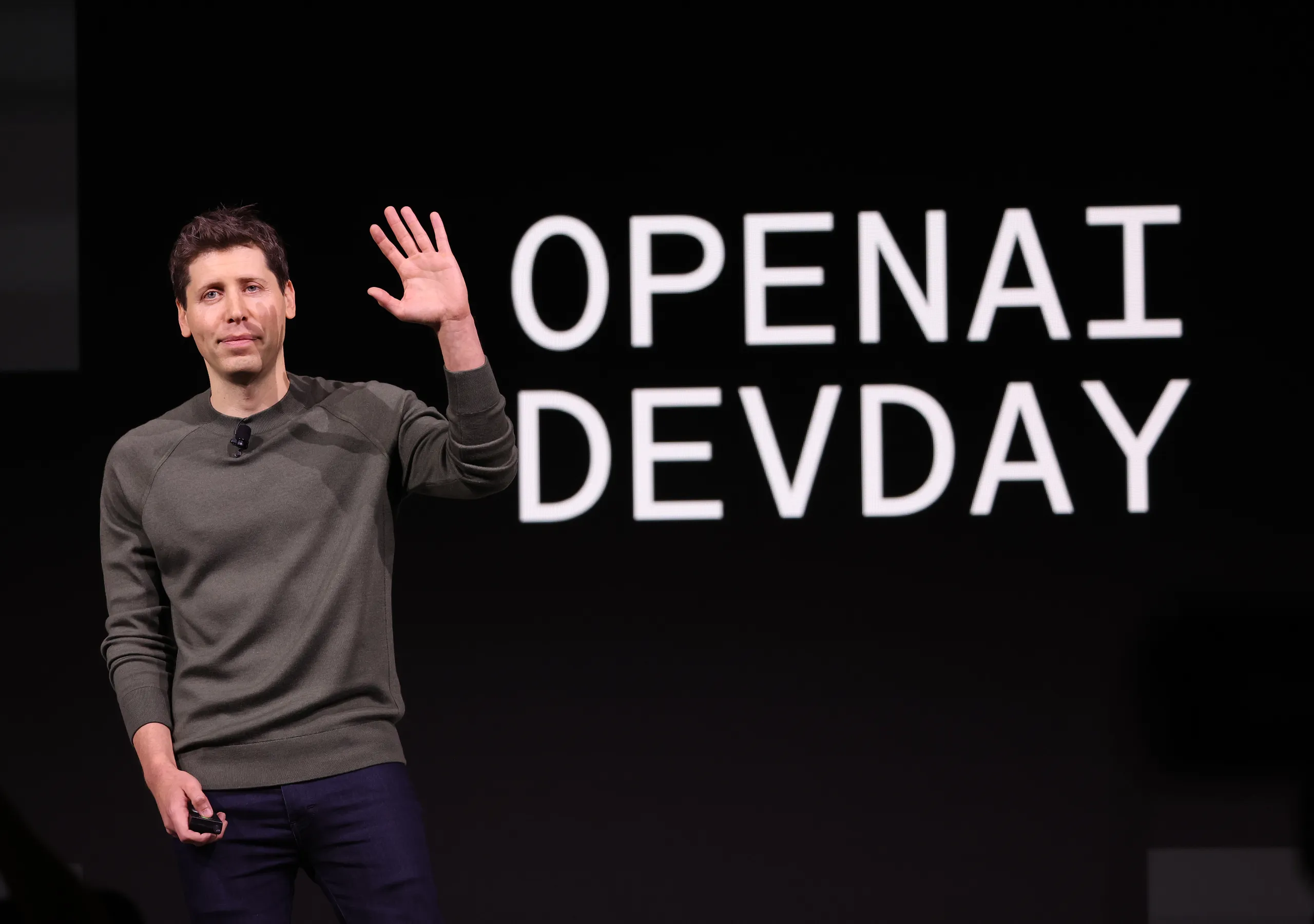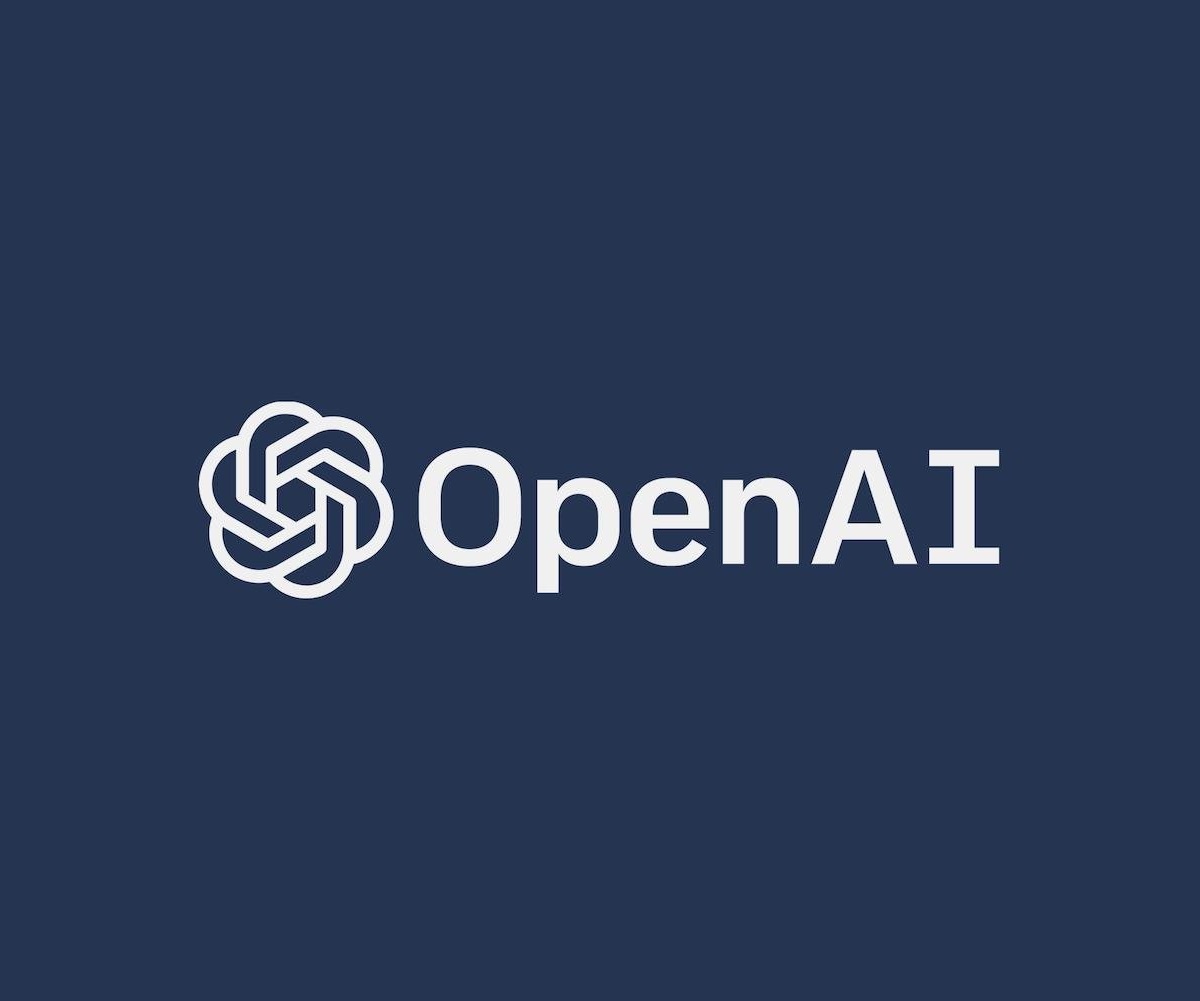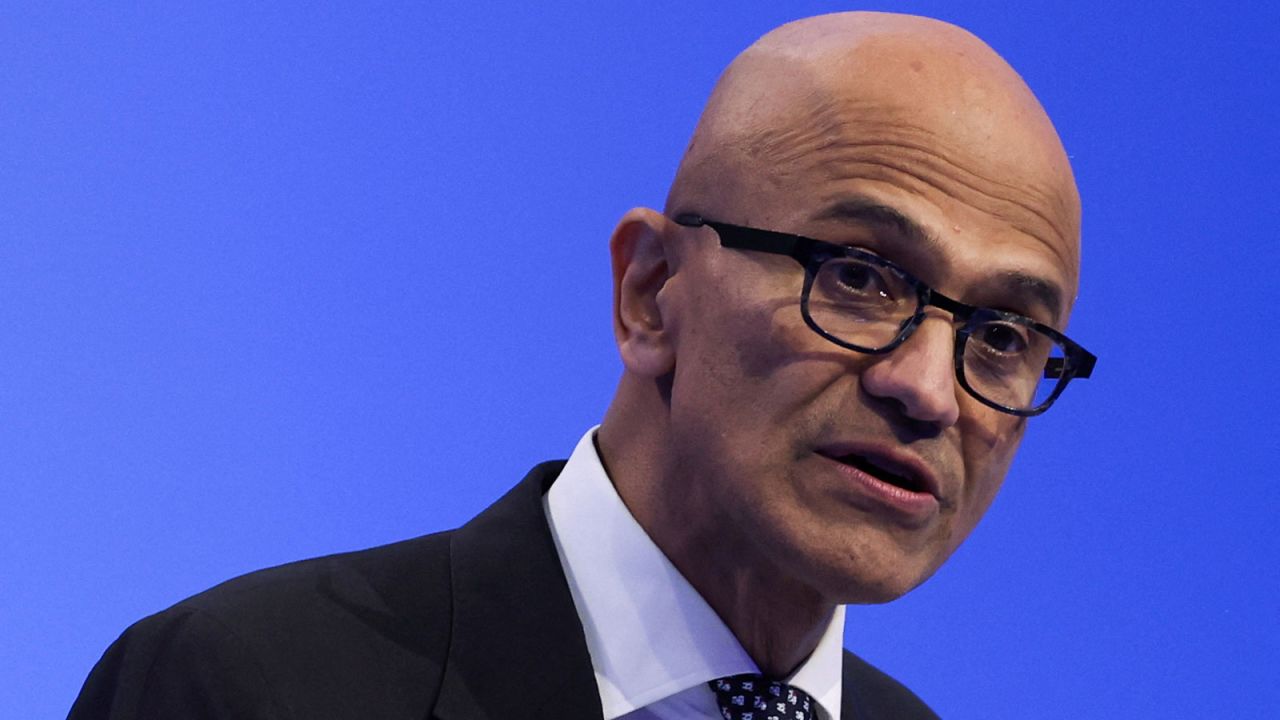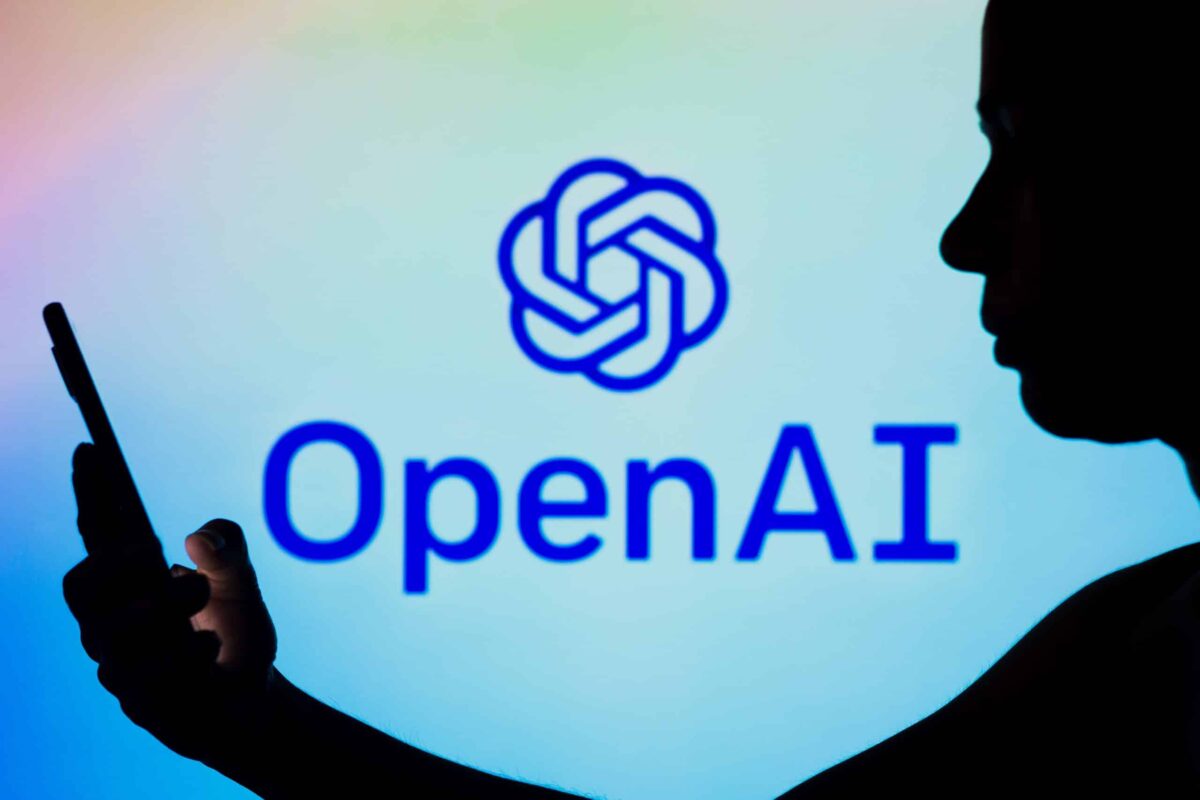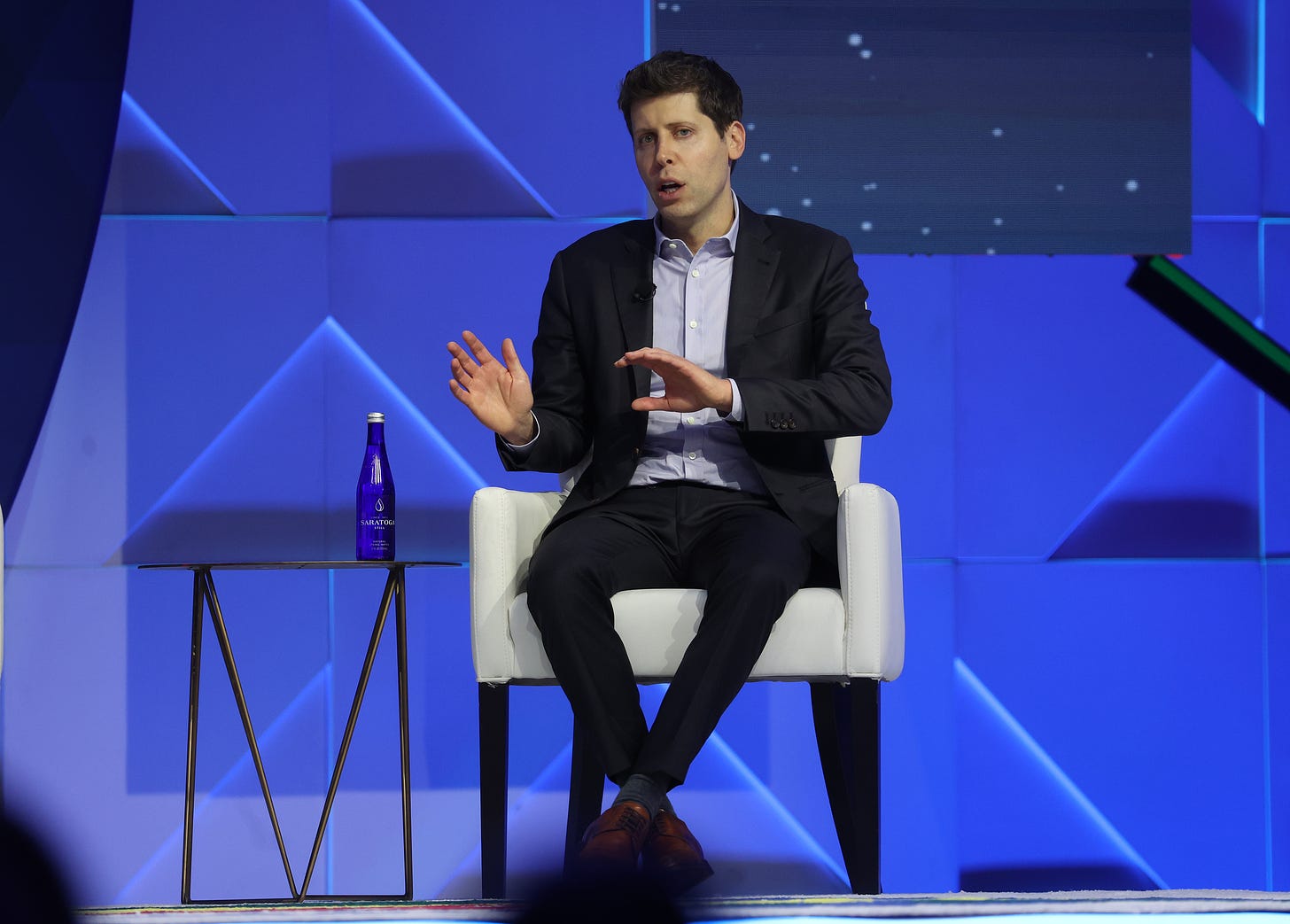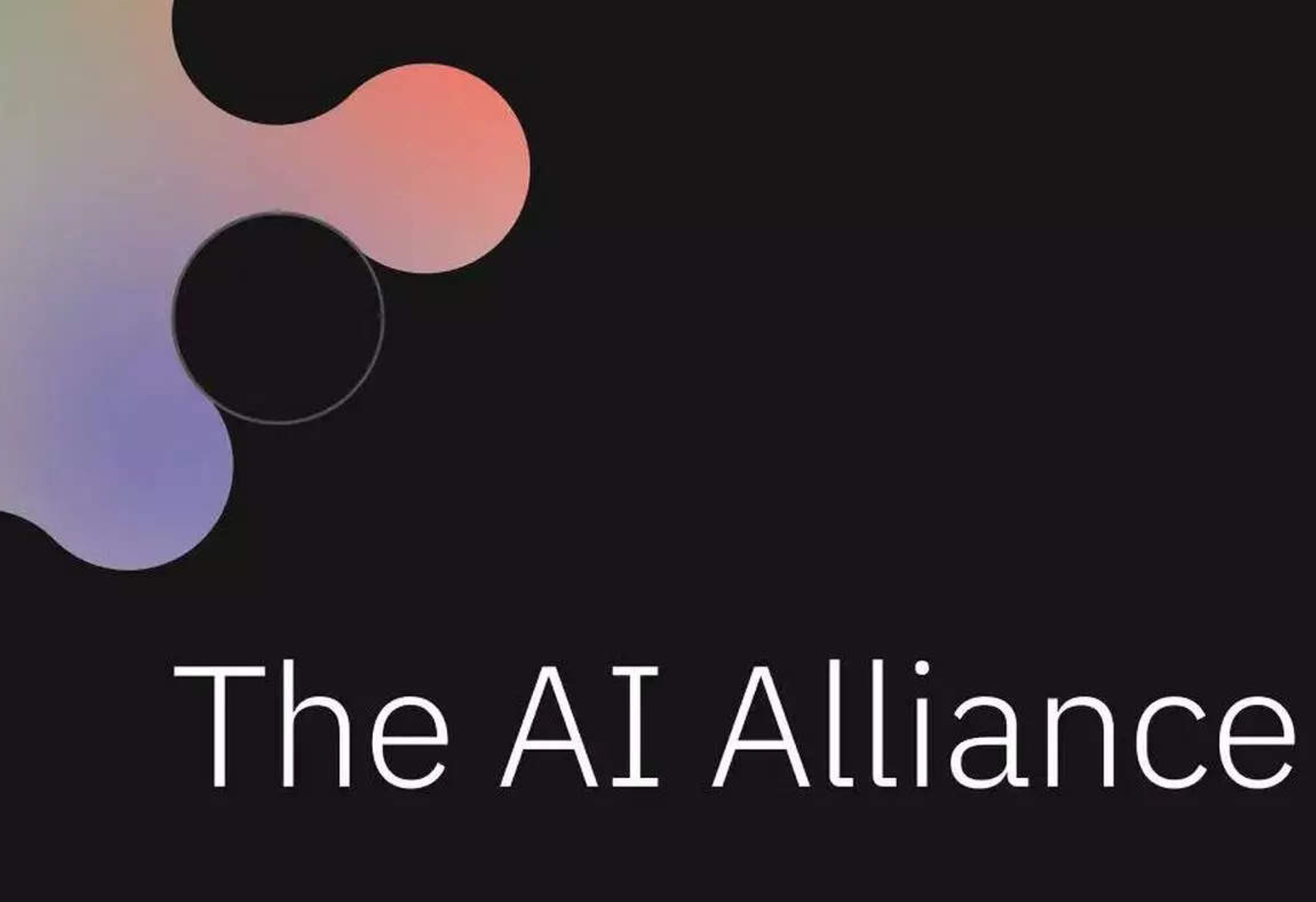OpenAI, the AI research organization known for its unique governance structure, has recently faced criticism from investors regarding its nonprofit model. The controversy resulted in the surprise removal of CEO Sam Altman on Friday.
Key Takeaway
OpenAI’s unique nonprofit governance model, which limits investor returns and emphasizes a mission-driven approach, has sparked controversy. Investors are questioning the board’s actions and their impact on the organization’s future.
Unique Governance Structure Raises Concerns
Unlike other generative AI startups, OpenAI has maintained an unconventional governance structure that sets clear expectations for investors. Despite transitioning from a nonprofit to a “capped-profit” company in 2019, the organization retained its distinctive approach.
One notable aspect is that returns for OpenAI backers are limited to 100 times their initial investment. In other words, an investor contributing $1 is capped at a maximum profit of $100.
Investors also agree in principle to uphold the nonprofit’s mission guiding OpenAI’s commercial endeavors. This mission revolves around achieving artificial general intelligence (AGI), wherein AI surpasses human capabilities in economically valuable tasks. However, generating profits is not necessarily the primary objective during or after AGI attainment. The exact determination of AGI achievement rests solely with the board, and any form of AGI is exempt from OpenAI’s current commercial licensing agreements.
OpenAI’s operating structure, as described prior to the recent turmoil, aimed to create a clear division between profit-making initiatives and the company’s more ambitious, humanitarian goals.
Concerns Arise from Board’s Actions
While OpenAI’s dual, mission-driven structure seemed promising, it appears that the board’s exercise of power was unexpected for both investors and many employees alike.







